Systematically looted? The complex paths of non-Western art

The Museum Rietberg in Zurich is facing up to its history and putting on an exhibition about its collection of non-Western art. Curator Esther Tisa explains where the exhibited objects come from, who traded in them, and what happened when their owners changed.
SWI swissinfo.ch: For a long time the European view of art and culture was characterised by colonial arrogance. When did Western art dealers recognise the value of non-Western art?
Esther Tisa: At the end of the 19th century ethnologists began taking an interest in not only the ritual or everyday use of objects from non-Western cultures, but also their aesthetics and formal language. At the same time, a differentiated art market for non-European cultures emerged.
The French colonial administration, for example, organised fairs in Abidjan (Ivory Coast) at the beginning of the 1930s, at which not only technical innovations but also works of art were exhibited. This was understood as a promotion of the local art scene, because much was also sold and exported.
This is how these works reached the big colonial cities, the artists’ studios of Pablo Picasso, Paul Eluard and Max Ernst. They were exhibited in galleries together with modern art; Picasso’s works, for example, could be seen next to masks from Cameroon.
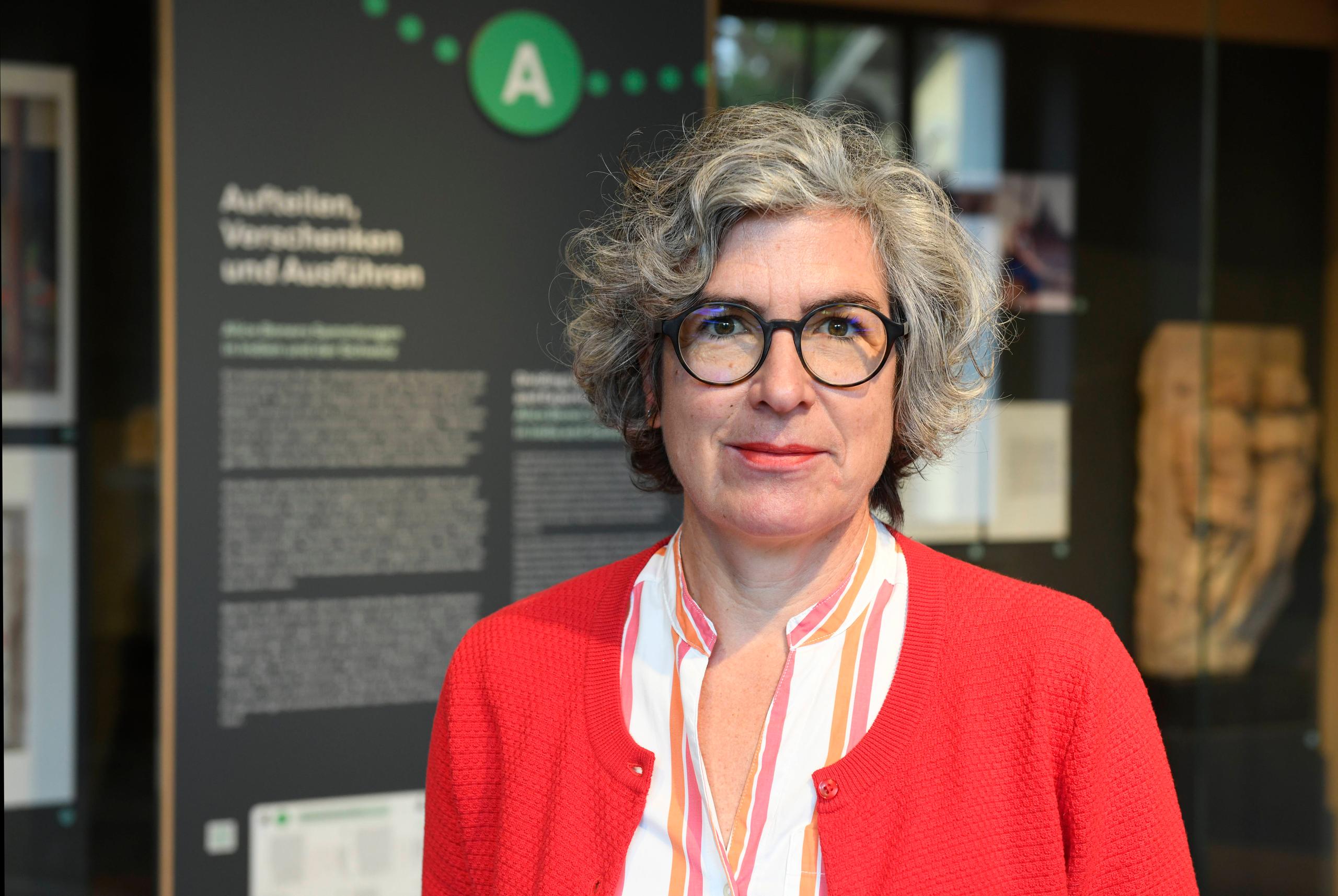
SWI swissinfo.ch: How did these artworks end up in museums?
Esther Tisa: It often started with private collections. The foundation stone of the Rietberg Museum, for example, was laid in 1952 when Eduard von Heydt’s private collection was exhibited. Other private collections followed, and the museum was dedicated to non-Western art from its very beginning.
Museums democratise art as they make it accessible to the public and give people the chance to see objects that were previously privately owned. In colonial times, museums gained popularity and reflected the imbalance of power between imperialism and colonialism – even though the collections had different backgrounds, for example they were sometimes used in diplomacy, sometimes for research and sometimes they were sold on arts markets in their countries of origin.
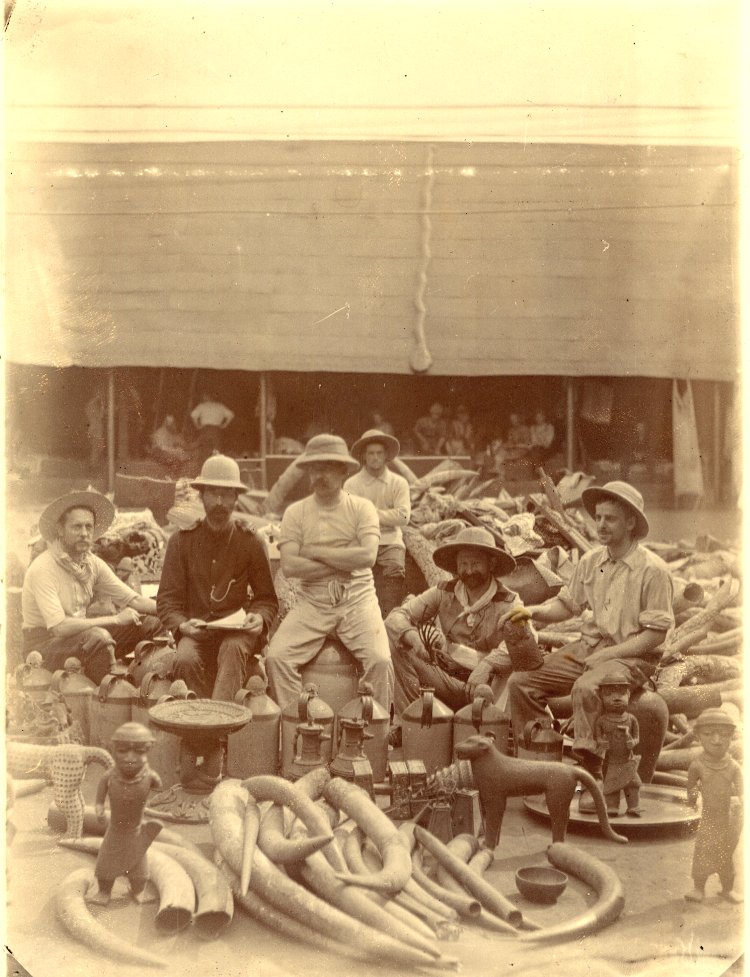
SWI: As a result, these collections often face criticism today and there is talk of returning them to their countries of origin. How do you feel about that?
E.T.: When we talk about returns, artefacts that were stolen during times of war certainly have priority. The Benin Bronzes [a collection of plaques and sculptures] were taken by British forces in 1897 as imperial control was being consolidated in the Kingdom of Benin. This phenomenon existed all over the world. For example, a lot of Chinese art ended up in Europe after it was stolen from the imperial Summer Palace during the Opium Wars in 1860.
When it comes to archaeological artefacts, illegal excavations – so not official excavations – are still carried out all over the world. But even though there was a power imbalance in colonial times, we can’t assume that everything was stolen. There are different acquisition contexts and backgrounds.

SWI: Can you give an example?
E.T.: Pieces of art were used for bartering, sold and given as diplomatic gifts. We have to remember that it was not only colonial regimes that had bargaining power.
The fact that art objects were often given away in their countries of origin is part of the reason why Zurich became an important trading hub for African art in the 1950s. Colonialism changed societies and religions in many African countries. In Ivory Coast it even led to iconoclasm: a priest named Massa roamed the country and forced people to part with their ritual objects.
Mission Catholique compiled an inventory of the artworks and estimated their value. Some of the artefacts were given to the colonial government in Abidjan, while the rest were sold. The Zurich art trader Emil Storrer bought some of the works and offered them to the former director of the Rietberg Museum, Elsy Leuzinger.
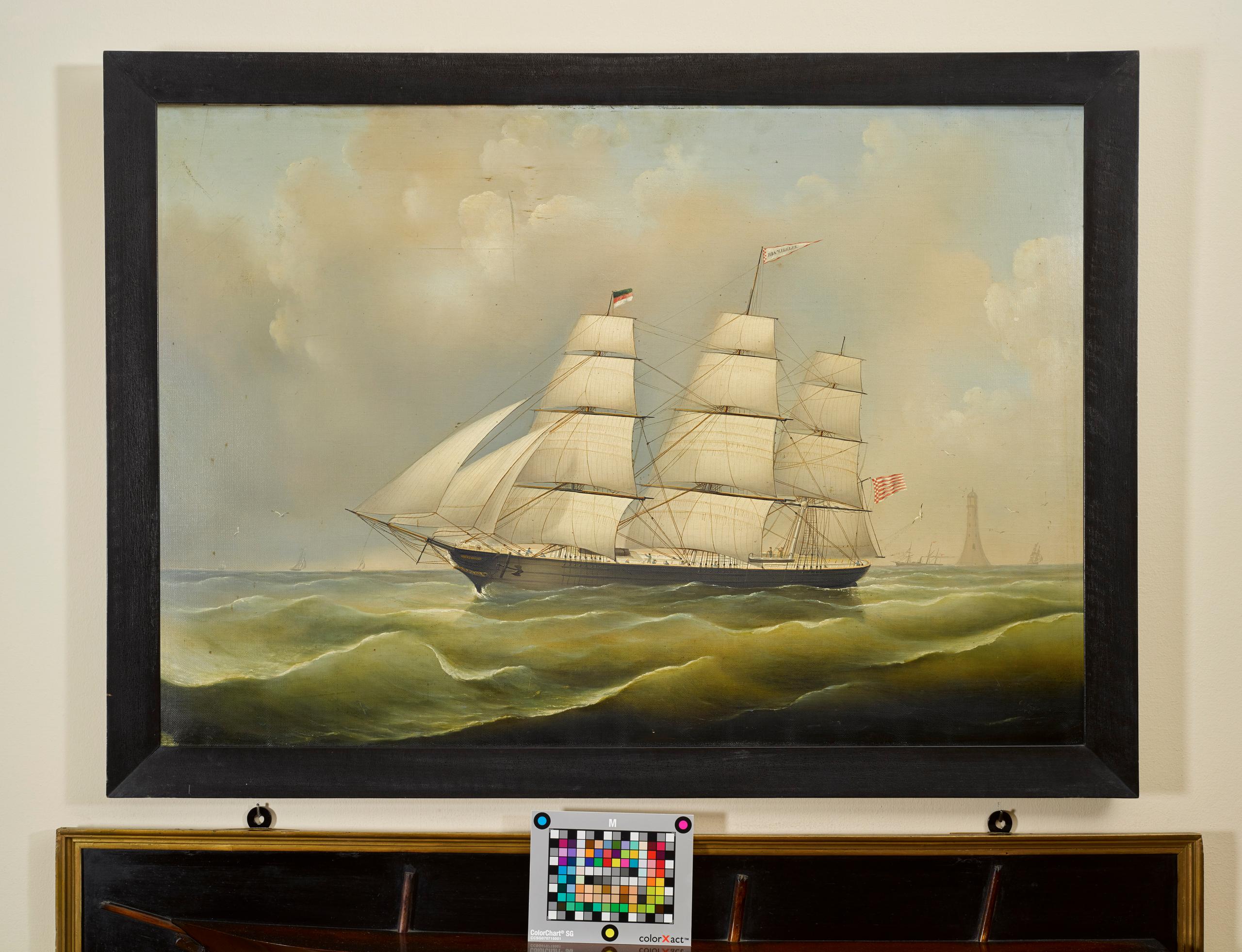
More
How Switzerland profited from colonialism
SWI: So the artworks were saved?
E.T.: Not at all. One can’t look at or justify the process like that. It would be biased. After the social, political and religious changes [that came with colonisation], these objects were interpreted differently.
Diplomatic gifts are another example. Former rulers in colonised countries tried to establish alliances through gifts; this was their strategy to form a good relationship with the new leaders. Many objects in the Basel Mission Archives are gifts, but some of these donations or sales were made under pressure.
SWI: How was this pressure applied?
E.T.: By Western traders returning and insisting [on obtaining an object]. But we don’t have much information about such handovers.
SWI: Why is it so difficult to find out more about these handovers?
E.T.: Because a lot of the African societies were oral societies, meaning transactions were done orally and were not documented in writing. In our effort to reconstruct African history, we collaborate with Oral History [an organisation committed to the value of oral history], but as most of the reports were compiled by colonial officials or Western collectors, they can be very biased.
We also look at collectors’ and traders’ archives for our research. But the question is what people chose to write down. Where do we find reports about looting? Would people talk about stolen art in their diaries or in a letter to a friend? It’s also unlikely that someone who took part in an illegal excavation would indicate the exact site where the excavation took place.
The ivory carving in our Benin Collection, which we bought from Ernst Winizki in 1991, came with a note saying, “ivory tooth from 1897”. This was the year Benin was burnt and looted, but it doesn’t necessarily mean the carving was stolen. I assume the note was added to indicate that it was an authentic piece from 1897 and not a tourist copy from the 1950s.
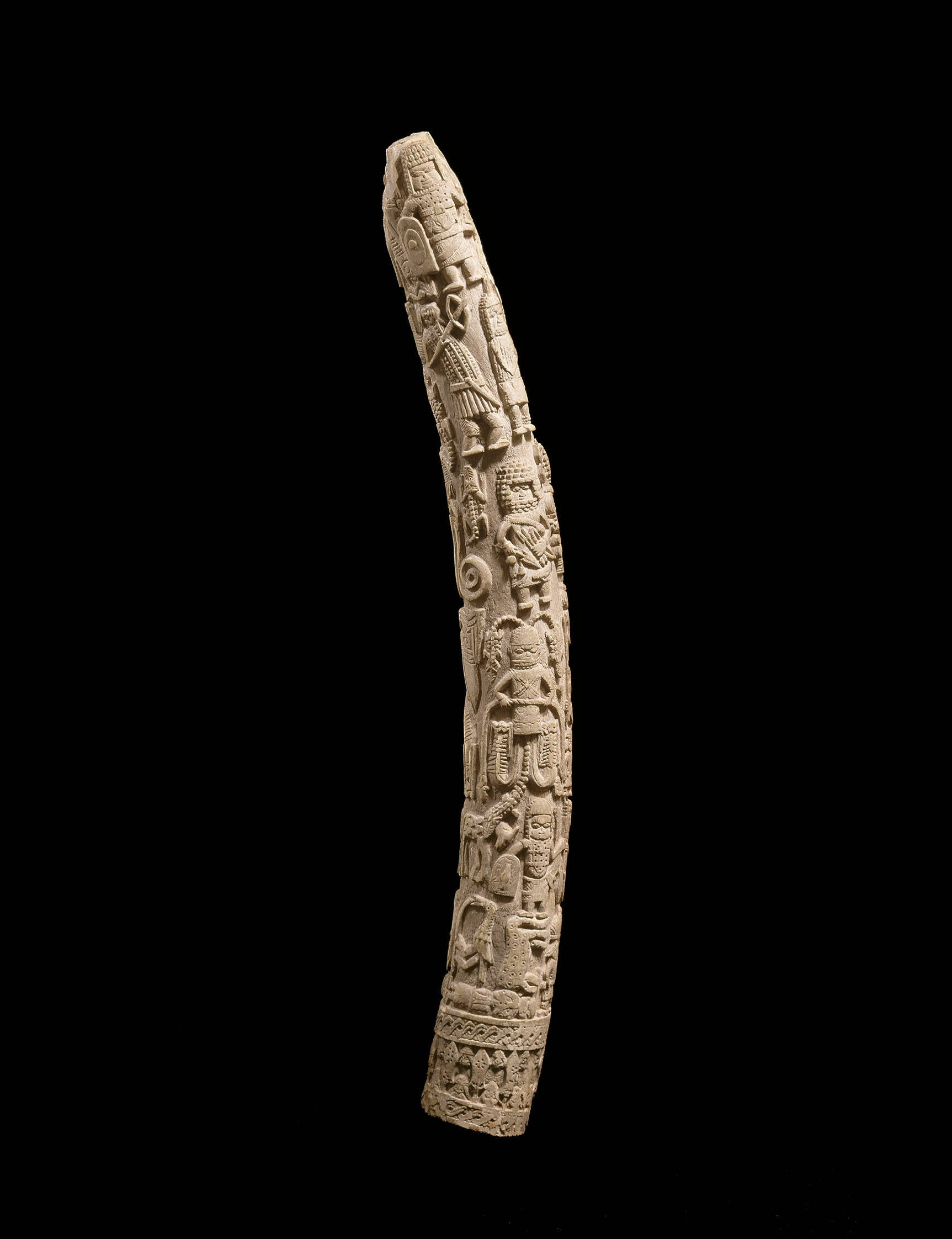
SWI: So it was more important to find out about the authenticity of a piece than to investigate its background?
E.T.: In the past few years the interpretation of history has changed. In our exhibition Pathways of ArtExternal link, we show how collectors’ behaviours and museum ethics have developed. Take an ancient relief in our “The Americas” collection: we now know that it was illegally exported, but when the museum acquired it in the early 1960s, consultants in Amsterdam and New York were commissioned to find out whether it was genuine or not. So, the authenticity of this piece was more important than its background. This was normal before the UNESCO Convention [on the Means of Prohibiting and Preventing the Illicit Import, Export and Transfer of Ownership of Cultural Property] was adopted in 1970. Today, museums work differently.
SWI: There were no restitution claims at the time?
E.T.: Yes, there were. Nigeria had already demanded restitution from the British in the colonial era of the 1930s, which shows that this trend started long before the African independent movements in the 1960s.
SWI: Why has the debate on return and restitution resurfaced in recent years?
E.T.: The way museums work is constantly changing. Today, it is more important how objects are exhibited and how they are interpreted. We live in a globalised world, which is, however, divided to a certain extent, and must find new ways of cooperation. This has been a focus of the Rietberg Museum’s work for a long time.
Questions about the objects’ origins and injustices have arisen from the research that was done on Nazi-looted art. In provenance research on non-Western artefacts, it is important to seek dialogue with the countries of origin during the research phase and not only when discussing the future of the collections.
SWI: Can you elaborate on that?
E.T.: One of the researchers in the Swiss Benin Initiative team is from Benin City. She examined the files in Nigeria, knows the history of the country extremely well and started the discourse on the oral history of the artists by talking to casters and carvers. Meeting the artists has also made us realise how much trauma art theft has caused.
Today some 100 items in Swiss museums are assumed to have originated in the Kingdom of Benin. Even though there have not been any demands for restitution, eight Swiss museums have joined forces in the Swiss Benin InitiativeExternal link to investigate more closely the origin of their collections from the Kingdom of Benin in Nigeria. They work with Nigerian researchers and institutions.
We work with excavators, artists and curators in the individual countries. We work on provenance because we want to discover everything about the art we exhibit. We don’t want to have to start from scratch in the event of a restitution claim. However, the Rietberg Museum has never had a request for restitution.
SWI: Would it be an option for you to follow the example of the Gurlitt Collection, where every piece that is not completely cleared is returned?
E.T.: We must look at every case individually. I don’t like “one-size-fits-all” solutions. That’s not an excuse – if there is something we don’t know, we must look into it and find solutions. The most important thing is to start a dialogue from the very beginning of the process. If you are transparent and open, you can discuss returns, collaborative research and conditions. I think such a process can be very constructive and productive and does not have to be confrontational.
The exhibition Pathways of ArtExternal link at the Rietberg Museum in Zurich runs until June 25, 2023.
Edited by Mark Livingston. Translated from German by Billi Bierling

In compliance with the JTI standards
More: SWI swissinfo.ch certified by the Journalism Trust Initiative










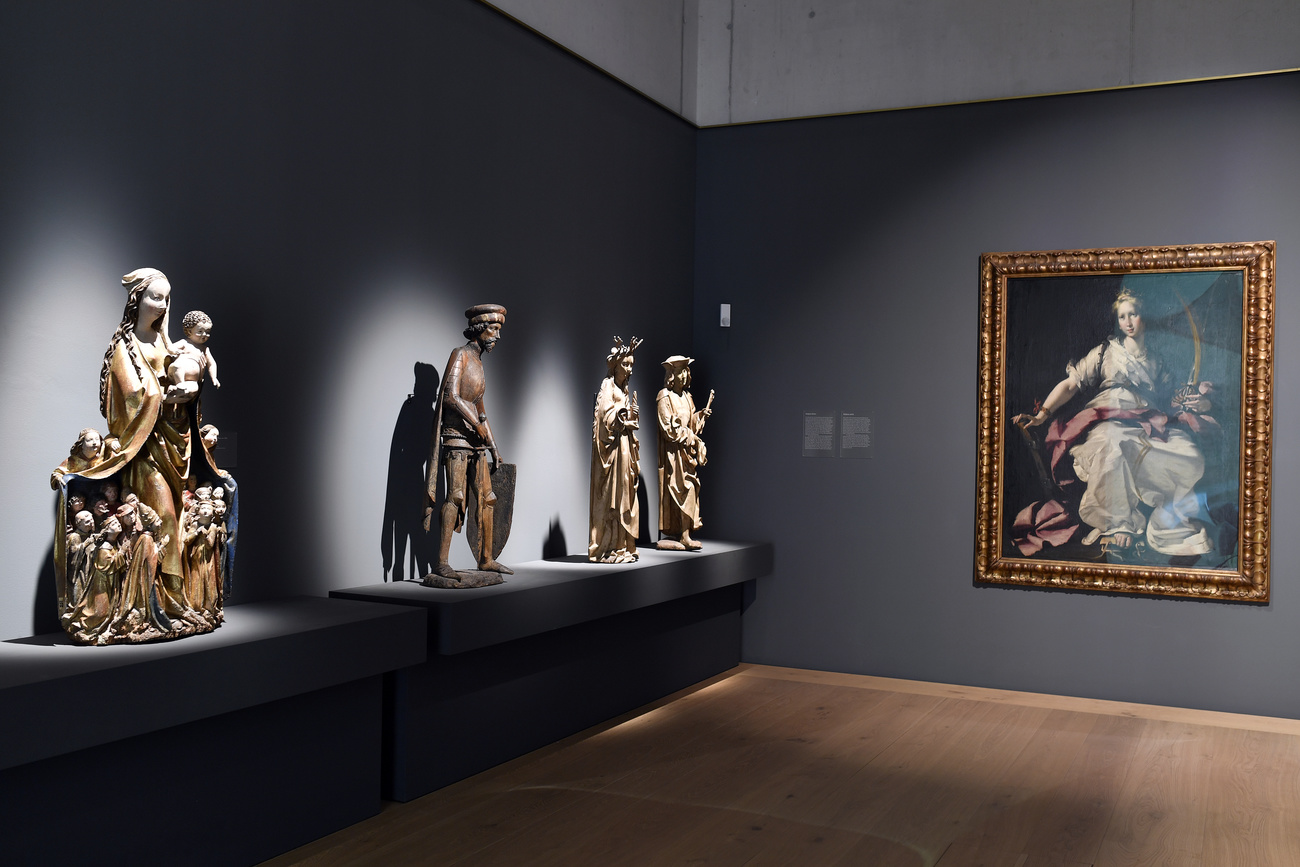

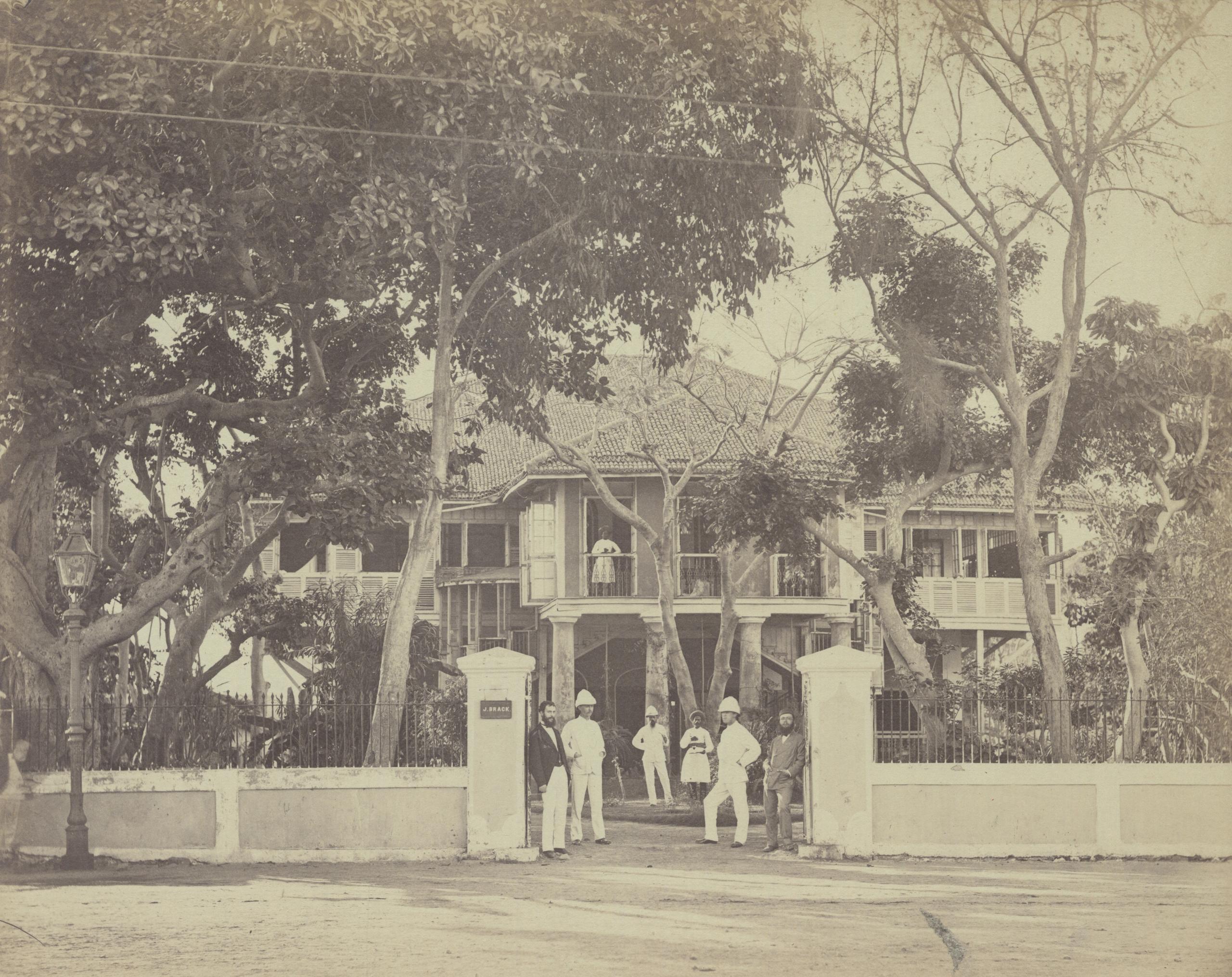

You can find an overview of ongoing debates with our journalists here . Please join us!
If you want to start a conversation about a topic raised in this article or want to report factual errors, email us at english@swissinfo.ch.